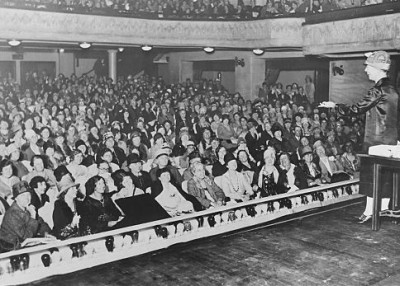The rise of teacher unions: A look at union impact over the years
The Chicago teachers strike, which ended Tuesday after more than a week of protests and negotiations, has emphasized the power that teachers’ unions can have. Since the earliest days of unions, teachers have been fighting over some of the same issues in contention in Chicago: salaries, conditions at schools and tenure. A look at the history of unions and strikes shows how unions gained power, and their varying levels of success in past collective bargaining attempts across the country.
1857: The National Education Association (NEA) is founded in Philadelphia by 43 educators. The new union focused on raising teacher salaries, child labor laws, educating emancipated slaves and how the forced assimilation of Native Americans affected their education.
1897: The Chicago Teachers Federation is formed to raise teacher salaries and pensions. At this point, teacher compensationmainly consisted of room and board in the local community.
1902: Teachers, parents and students unite in Chicago for the first teachers’ strike, which occurs after a teacher is suspended for refusing to allow a disruptive child back into her classroom. According to journalist Dana Goldstein, the strike helps the newly formed CTF.
1906: In New York, the Interborough Association of Women Teachers fights for equal pay for equal work. During this time, teacher salary is based on position. Secondary-school teachers are paid more

